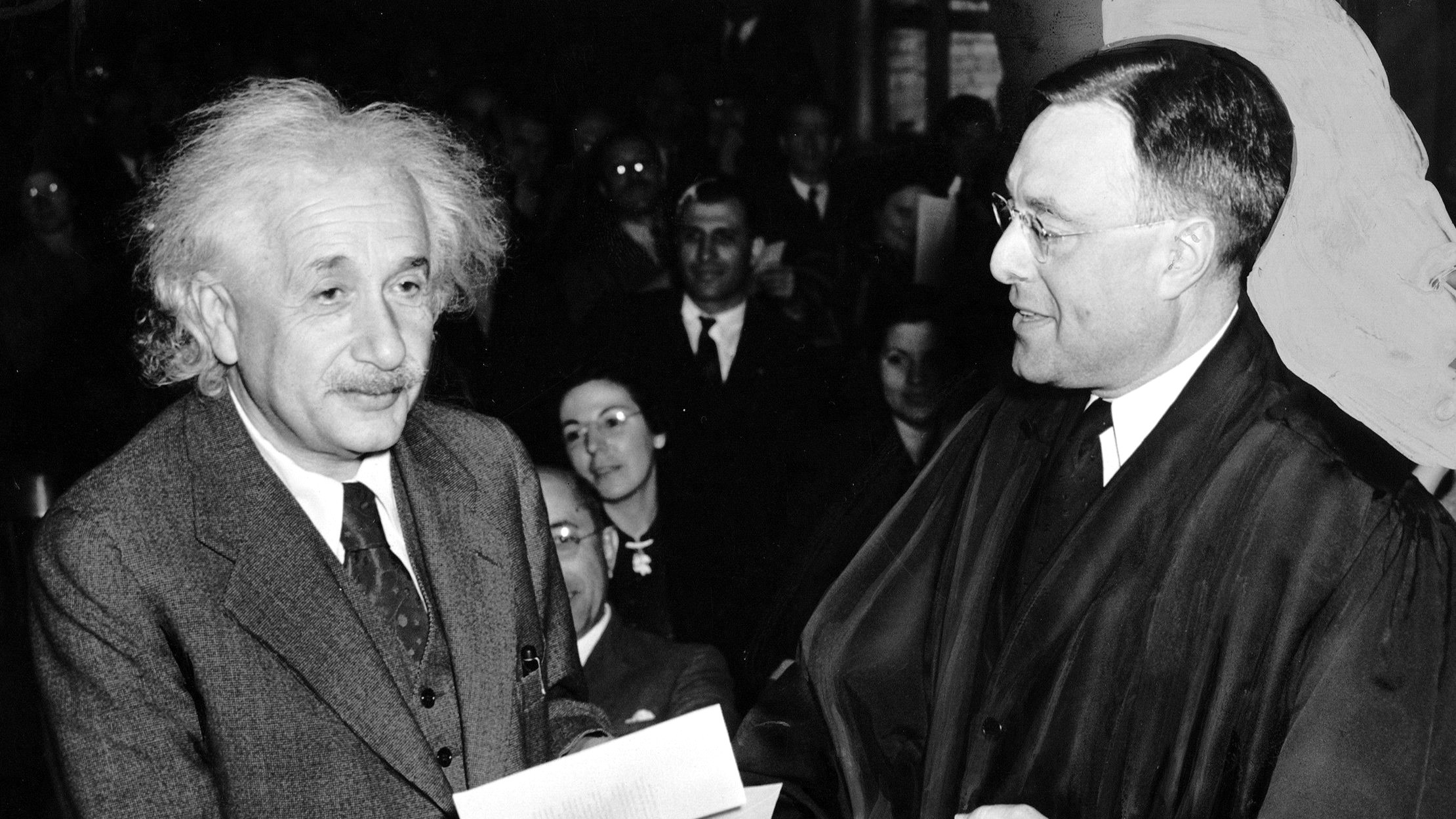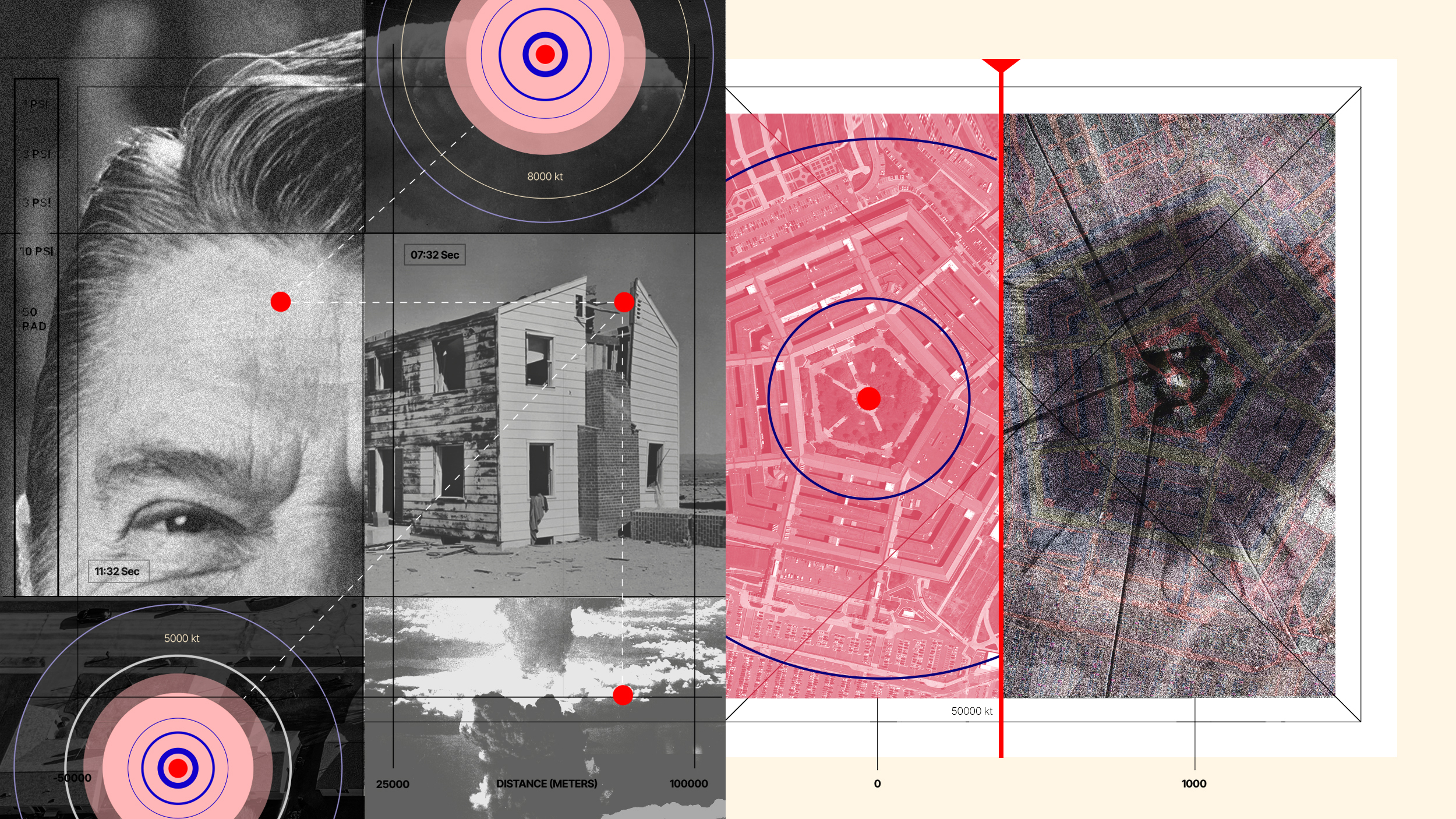At Science, Four Letters on Framing and Our Reply

Science
has published four letters in response to our framing article along with a fifth letter as our reply.
As it turns out, I know two of the correspondents fairly well.
Earle Holland, the author of the first letter, is assistant VP for Research Communications at The Ohio State University, where I served on the faculty for three years before moving to American University and Washington, DC. During my time at Ohio State, Earle attended a Dean’s Lecture on framing that I gave to the College of Biological Sciences. We also discussed the nature of science communication several times. He always seemed very supportive, even excited, about my work. Before the Science article appeared, I sent him an email giving him a heads up. So when he wrote to Science objecting to our article and spinning our suggestions as “misleading,” it was surprising to say the least!
Andrew Pleasant, the author of the second letter, was a year behind me in the doctoral program at Cornell University. We took many of the same courses and we also shared doctoral committee members. Pleasant is now on the faculty at Rutgers University where he teaches a course titled “Health literacy: Empowerment for better health,” and is the co-author of an introductory textbook on the topic. Given his work promoting health literacy approaches, I was not surprised that in his letter he argued the traditionalist view that science literacy will set the public free.
As I write in our reply, we obviously agree with Pleasant that working to improve science literacy is important. We also agree that under certain conditions deliberative forums and science cafes can be useful. But as we explain, when it comes to wider public engagement, this relatively narrow emphasis has many limitations.
Below the fold, I have posted the text of the reply that I wrote to all four letters. Hopefully I will be able to get an author referral link in the near future so that readers can have access to the full text of the other letters.
In an upcoming issue of The Scientist magazine, I team up with Dietram Scheufele in contributing a feature article that elaborates on framing and its relevance to new directions in science communication. For the past couple of weeks, at its Web site, the magazine has been sponsoring a discussion on the topic and a Web poll of readers.
UPDATE: Over at Nanopublic, Scheufele has this blog post up about the letters. At the Intersection, Mooney has more.
Response
In spinning our suggestions as “dishonest,” Holland assumes that framing is absent from traditional science communication. Yet, whether writing up a grant proposal, authoring a journal article, or providing expert testimony, scientists often emphasize certain technical details over others, with the goal of maximizing persuasion and understanding across contexts (1). Moreover, press officers and science reporters routinely negotiate story angles that favor particular themes and narratives (2) or, at the expense of context, define news narrowly around a single scientific study (3).
When attention to science shifts from the science pages to other media beats, new audiences are reached, new interpretations emerge, and new voices gain standing in coverage. These rival voices strategically frame issues around dimensions that feed on the biases of journalists, commentators, and their respective audiences (4). If scientists do not adapt to the rules of an increasingly fragmented media system, shifting from frames that only work at the science beat to those that fit at other media outlets, then they risk ceding their important role as communicators.
In response to Pleasant, we agree that a well-informed public is an empowered public. The problem, however, is that the availability of scientific information in the media does not mean people will use it. Only by framing issues in a manner that make them personally meaningful and accessible to nontraditional audiences can scientists and their organizations boost public attention and thereby sponsor informal learning (5).
We also agree with Pleasant that the type of dialogue featured at deliberative forums and community meetings remains important. Unfortunately, at these forums, the citizens who are most likely to attend and speak up are those who are already informed and active on an issue (6). In contrast, carefully framed media presentations can effectively promote dialogue and trust with a larger and more diverse audience.
Consider, for example, E. O. Wilson’s Creation: An Appeal to Save Life on Earth (7). By recasting environmental stewardship as not only a scientific matter, but also one of personal and moral duty, Wilson has generated discussion among a religious readership that might not otherwise pay attention to popular science books.
A second example is Karen Coshof’s documentary The Great Warming (8). Narrated by Keanu Reeves and Alanis Morissette, the theatrical release combines interviews of climate change experts with testimonials from religious leaders. Endorsed by national religious organizations, forums featuring the film have also been hosted by churches and synagogues. In addition, both of these examples function as news pegs for journalists at religious media outlets to write stories about climate change, thereby facilitating exposure among nontraditional audiences.
Contrary to Quatrano’s warnings, in neither the Wilson nor the Coshof examples does science appear to support a particular religious philosophy or argument. Instead, framing is used to create a narrative bond between scientists and religious citizens, communicating a shared interest in what science can tell us about the nature of environmental problems.
In response to Gerst, scientists and their institutions are motivated to discover what is true about the world and to inform the public about the implications of their research. In translating this knowledge for popular consumption, should scientists rely solely on their instincts and their personal experience, or should they rely on a systematic understanding of communication? Applying research about the public and the media will only help the scientific community tell the truth more effectively and to a wider audience.
Framing is not all powerful, nor should it be considered a magical key to unlocking public acceptance. Research on framing suggests that establishing a connection with audiences derives from the fit between the frames embedded in a media message and the interpretative schema that a particular audience possesses. One common source of science-related schema are long-term socialized world views such as political ideology, partisanship, ethnicity, or religious belief. Other sources are the stereotypes, narratives, and images learned through popular culture and the entertainment media. As short-cuts for reducing complexity, these schema allow any individual–whether a lay citizen, journalist, or policymaker–to categorize new information quickly and efficiently, based on how that information is framed in the media (5). In sum, a one-size message about science will not fit all audiences.
We suggest that science organizations work with communication researchers, conducting focus groups, surveys, and experiments that explore how different audiences interpret topics such as climate change or evolution. On the basis of this research, messages can be tailored to fit with specific types of media outlets and to resonate with the background of their particular audience.
It is encouraging that the Letter writers agree on a few central principles. First, framing as a concept has strong roots in the social sciences. Second, framing is already central–intentional or not–to traditional science communication efforts. Third, when applied responsibly and ethically, framing can be a valuable tool for scientists in engaging nontraditional audiences.
Matthew C. Nisbet 1 and Chris Mooney 2
1School of Communication, American University, Washington, DC 20016, USA. E-mail: [email protected]. 2Washington correspondent, Seed Magazine.
References
1. S. Hilgartner, Social Stud. Sci. 20, 3 (1990).
2. D. Nelkin, Selling Science (Freeman, New York 1995).
3. A. Revkin, in Field Guide for Science Writers, Eds. D. Blum, M. Knudson, R. Marantz Henig (Oxford Univ. Press, New York, 2005), pp.222-229
4. M. C. Nisbet, M. Huge, Harvard Int. J. Press/Politics 11, 2 (2006).
5. D. Scheufele, in Engaging Science, J. Turney, Ed. (The Wellcome Trust, London: 2006), pp. 20-25.
6. R. Goidel, M. C. Nisbet, Political Behav. 28, 2 (2006).
7. E.O. Wilson, Creation (W.W. Norton, New York, 2006).
8. Film promotion: www.thegreatwarming.com.
The Creation: An Appeal to Save Life on Earth





